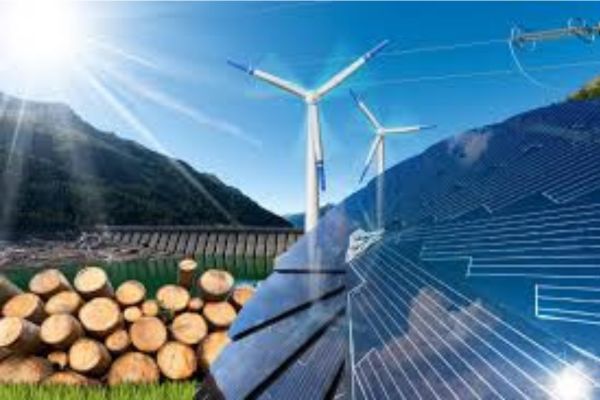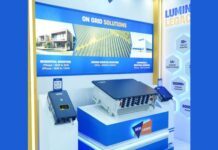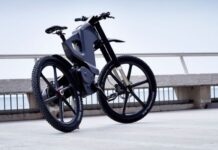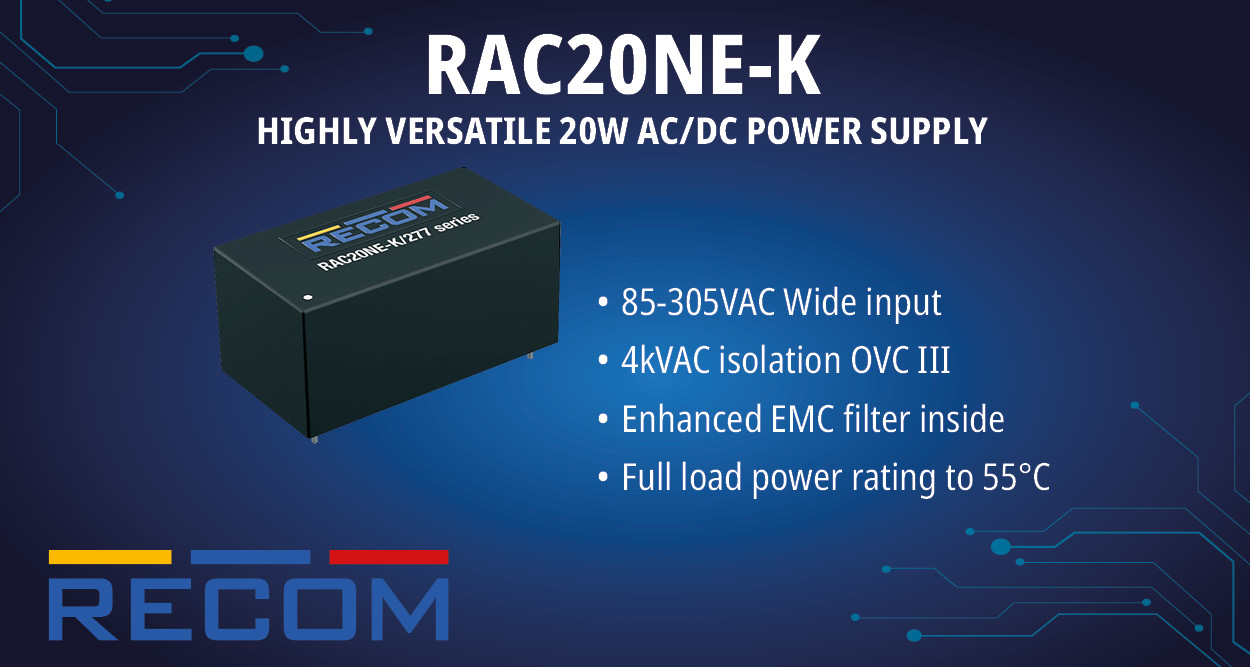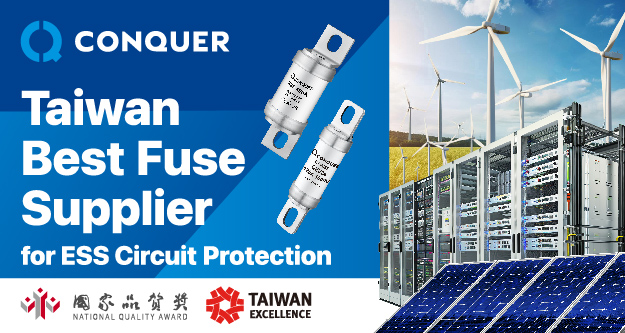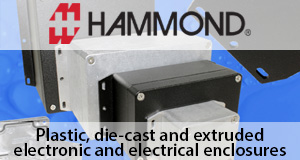As the world transitions toward sustainable energy solutions, power electronics plays a critical role in optimizing the efficiency and performance of renewable energy systems. Power electronics enables the conversion, control, and conditioning of electrical energy generated from sources such as solar photovoltaics (PV), wind turbines, and hydroelectric systems, ensuring seamless integration with power grids and end-user applications. This article explores the latest advancements in power electronics for renewable energy, the role of key components such as inverters and converters, and emerging trends shaping the future of clean energy technologies. According to the Consegic Business Intelligence report, Power Electronics Market size is estimated to reach over USD 47,406.96 Million by 2032 from a value of USD 29,610.66 Million in 2024 and is projected to grow by USD 30,877.45 Million in 2025, growing at a CAGR of 6.1% from 2025 to 2032.
Role of Power Electronics in Renewable Energy Systems:
Power electronics is essential for bridging the gap between variable renewable energy sources and the stable power required by electrical grids and consumers. Unlike conventional fossil fuel-based power plants, renewable energy sources generate intermittent and variable power outputs due to changing environmental conditions. Power electronic devices, such as inverters, converters, and power controllers, help regulate voltage, frequency, and current to maintain grid stability and improve overall efficiency.
For instance, in solar PV systems, power electronics convert the DC (direct current) output from solar panels into AC (alternating current) for grid compatibility. Similarly, in wind energy systems, power converters regulate power fluctuations caused by variable wind speeds, ensuring a consistent power supply to the grid. These advanced control mechanisms enhance energy harvesting efficiency and reduce losses in the system.
Key Power Electronic Components in Renewable Energy Systems :
Inverters:
Inverters are the backbone of renewable energy integration, particularly for solar and wind power systems. Modern grid-tied inverters incorporate maximum power point tracking (MPPT) algorithms, which optimize energy extraction from PV panels by continuously adjusting voltage and current levels. Three-phase inverters and multi-level inverters further improve power quality by reducing harmonic distortions and enhancing efficiency.
DC-DC Converters:
DC-DC converters play a crucial role in regulating voltage levels in solar and battery storage applications. Boost converters increase the voltage for efficient power transmission, while buck converters lower voltage levels for specific loads. Bidirectional DC-DC converters are gaining traction in battery energy storage systems (BESS), enabling seamless power flow between batteries and the grid.
Power Factor Correction (PFC) Systems:
Power factor correction circuits are used in renewable energy systems to minimize reactive power and improve grid efficiency. Active PFC circuits, integrated into inverters and power converters, enhance power quality by reducing harmonic distortions and stabilizing voltage fluctuations.
Solid-State Transformers (SSTs):
Emerging solid-state transformer (SST) technology is revolutionizing power distribution in renewable systems. SSTs offer high-frequency switching, enabling real-time voltage control, improved grid flexibility, and enhanced energy management in micro grids and distributed energy networks.
Advancements in Power Electronics for Renewable Energy :
Recent innovations in power electronics are driving efficiency improvements and expanding the capabilities of renewable energy systems.
Silicon Carbide (SiC) and Gallium Nitride (GaN) Semiconductors:
Traditional silicon-based power devices are being replaced with SiC and GaN-based semiconductors, which offer higher switching frequencies, lower conduction losses, and greater thermal stability. These advanced materials enable more compact, efficient, and durable power electronic systems, reducing energy losses in solar inverters and wind turbine converters.
Smart Grid Integration and Digital Control Systems:
The integration of artificial intelligence (AI) and machine learning (ML) into power electronic controllers enhances grid resilience and predictive maintenance. Smart inverters with adaptive control algorithms can dynamically adjust power output based on real-time grid conditions, improving system stability and efficiency.
Hybrid Renewable Energy Systems:
The combination of solar, wind, and energy storage systems requires advanced power electronic solutions to manage multi-source power flows efficiently. Hybrid power converters and multi-port inverters facilitate seamless integration, optimizing energy distribution between different renewable sources and grid connections.
Wireless Power Transfer (WPT) for Renewable Applications:
Wireless power transfer is an emerging technology that enhances energy transmission in microgrids and electric vehicle (EV) charging stations. Resonant inductive coupling and magnetically coupled resonators are being explored for efficient wireless energy transfer, reducing reliance on traditional wired connections.
Future Trends and Challenges in Power Electronics for Renewable Energy :
The future of power electronics in renewable energy systems is focused on enhancing efficiency, reliability, and scalability. The development of modular power converters, wide-bandgap semiconductors, and AI-driven energy management systems will further improve performance and integration capabilities.
However, challenges remain, including thermal management issues, high initial costs of SiC and GaN devices, and grid stability concerns with high renewable energy penetration. Continued research in advanced control strategies, cybersecurity for smart grids, and high-efficiency power conversion technologies will be essential in overcoming these challenges.
Conclusion:
Power electronics is a fundamental enabler of renewable energy adoption, providing efficient energy conversion, grid stability, and optimized energy management. With advancements in high-efficiency semiconductor materials, smart grid technologies, and hybrid energy systems, power electronics continues to shape the future of clean energy. As renewable energy integration expands globally, power electronics will remain at the forefront, driving innovation and sustainability in the modern energy landscape.
Source: Power Electronics Market




